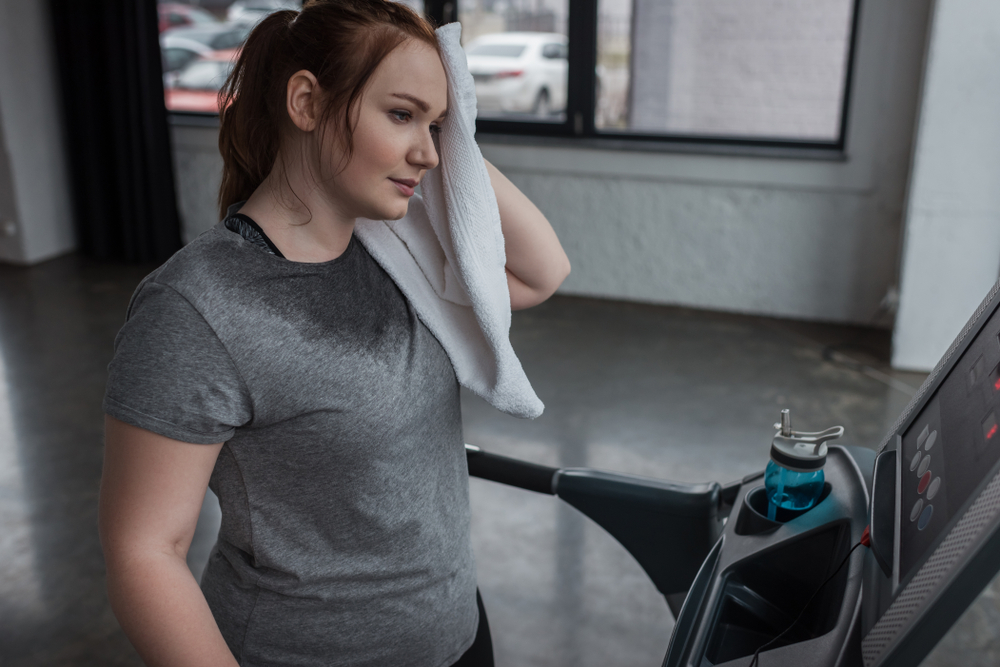
Jogging is an excellent form of exercise and can help you get fit within a few weeks. If you have been avoiding your goal of becoming a runner up until now, there are a few things you should keep in mind. Are you a new runner? Do you want to run as a way to improve your fitness? Before lacing up your shoes, here are some tips that can help you get started:
- As a new runner, you shouldn’t run the entire distance of your goal in one running session. Instead, break your running routine down into short intervals. There is also no shame in walking in between the intervals. Try jogging for two minutes and then walk for two minutes. You can gradually increase the intervals by one minute each workout until you feel like you can run the entire distance without walking. It’s best to run the first few sessions at a pace you can handle and without any expectations. If not, you’re more likely to lose your motivation.
- In order for you body to get use to the new stresses and strains that come with running, you don’t want to start out running too fast. Even if you are doing walk/jog/run intervals, you should slow it down to avoid overexertion, pain, or even injuries. When you give you body time to slowly get used to the new demands you are putting on it, you’ll have long-term success.
- Schedule your sessions so you are running one day and resting the day after. This simple training plan can help you accomplish the best potential out of your workouts and avoid overuse injuries. Your body needs to adapt to the new demands on the cardiovascular system, which also means that it needs to rest in order to be able to prepare your muscles and bones for the next run.
- When you first start running, it will take you a while to learn proper techniques. Many beginners make jogging a stressful experience because they don’t know the correct techniques. But, remember, running is technically a sport – a challenging one at that. Olympic runners didn’t get to where they are overnight. Run with a relaxed and good form, with short steps, which are much more effective that long strides.
- One important aspect of running is choosing the type of surface you should run on:
- Running on pavement is best for fast running since there is very little chance of you turning your ankle. The issue with running on pavement is that it is hard on your joints because it does not provide any cushion to your steps. You should also try to avoid pavement if you are on the heavier side.
- A forest or park floor, or even an open field, is soft and will give you good cushioning, but there is an increased risk of injury because of roots, rocks, and bumps.
- A sandy surface will help train your muscles and forces you lift your feet. While this is a good workout, it can be easy to overwork your calf muscles.
- Tartan, which is an all-weather synthetic track surface, is springy, but can put a lot of stress on your Achilles tendon.
- The treadmill is a classic way to run. It allows you to train year round with good cushioning, no matter what the weather is. The only drawback to this is that you are required to alter your form since the belt moves beneath you.
- Aches are inevitable when it comes to working out and when it comes to running, it is common to experience side aches. When you do get a side ache, this is the best time for you to take a break and walk. Try to gently press and rub your hands against the side that hurts to help relieve the tension. Make sure not to run again until the pain has gone away and gradually work your way to a faster speed. One tip is to avoid anything solid at least two hours before your run and only drink a small amount of liquid.
- Running is a full-body workout and your core is the control center, so it needs to be strong. Your muscles should also be in good shape to help you can run light on your feet, as well as prevent overuse and chronic injuries. Try implementing regular strength training, which can lead to better running performance. Your heart loves variety and when you do a variety of different types of workouts, it helps reduce the stress that running can put on your joints and spine. Strength training, as well as yoga and swimming, as great options to add into your workout routine.
Benefits of Running:
- Helps burn calories and reduce weight
- May help heal many heart related problems
- Improve lung health
- Helps with the free flow of blood
- Decreases chances of a stroke
- Helps reduce stress and anxiety
- Builds core strength
- Strengths the muscles in your lower body
- Fight diabetes
Put on your shoes and start running to burn those extra calories and start you journey of living a healthier life.
